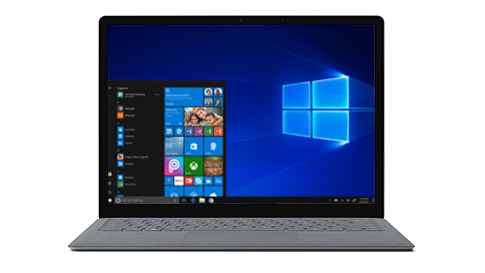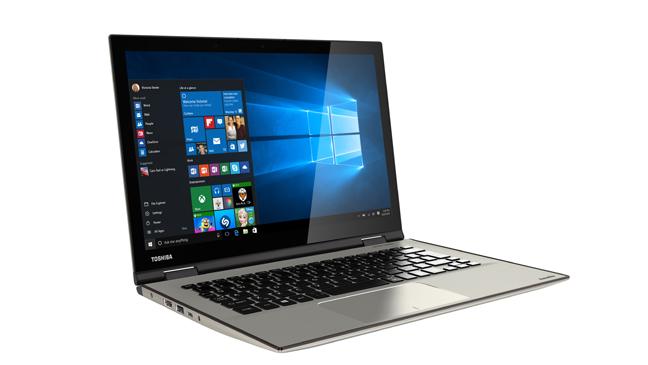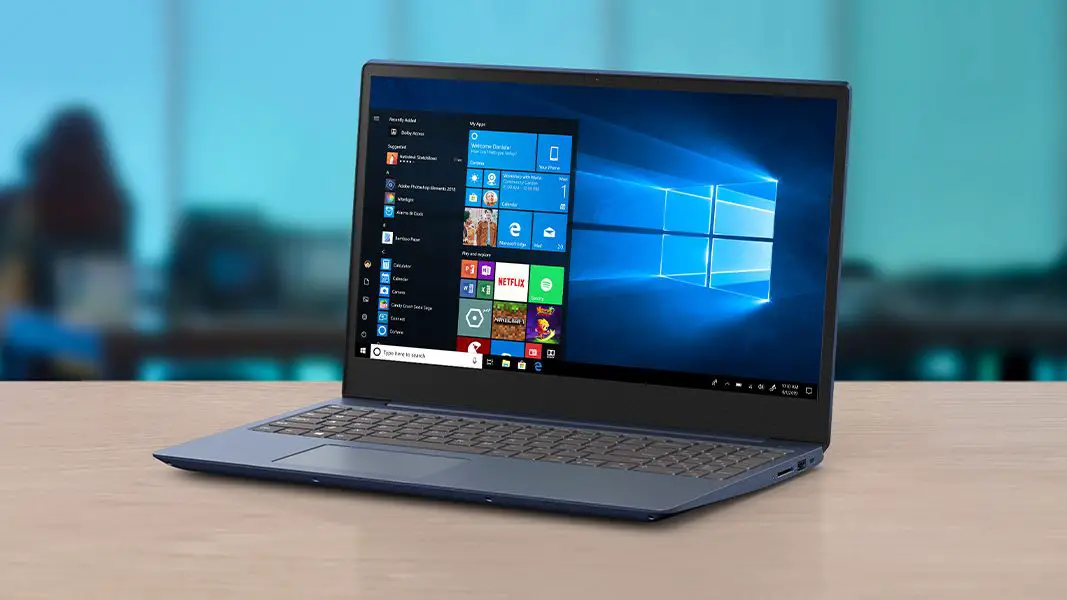If you don’t know how to partition a hard drive on Windows 10, we are going to help you out in this guide. Using more than one physical drive certainly has its advantages, it is also true that storage capacity can now reach several terabytes, and that has changed the rules of the game. Partitioning your hard drive is a great way to organize your files, folders, and programs into multiple virtual drives; if you don’t know how to partition a hard drive in Windows 10, keep reading.
You may want to install two different operating systems on the same computer using the same disk or you can also generate partitions on a server to dedicate a certain amount of space to each area of the company, etc.
If you just bought a traditional hard drive or SSD and want to partition it, you will need to run a partition and format it before using it, but whether you are working with a new drive, or just looking to work with an existing one, the process is very similar.
Fortunately, learning how to partition your hard drive in Windows 10 is quick and easy. If you follow the steps below, we’ll help you out.
How to partition a hard drive on Windows 10?
The easiest way to partition your new or existing hard drive – HDD or SSD – is done with Windows’ built-in management tool, called Disk Management. Although there are some third-party applications too.
The following steps are specifically for Windows 10 systems but are also applicable to Windows 7 and 8.1, the process is very similar.

- Go to the Windows Disk Management and find Create and Format Hard Drive Partitions. Alternatively, use the Windows power user menu (Windows key + X) and click Disk Management.
- Select the hard drive you want to partition from the list of available drives. If it is a new drive, go directly to Step 4. If it is an existing drive with files on it and has your operating system installed, you will need to create an unallocated space before you can partition it. Right-click on it, and select Reduce Volume from the drop-down menu.
- Your computer will calculate how much free space can be allocated to the new partition. If you want to use all the free space on the hard disk, simply click the Shrink button. If you prefer to specify the size of the final partition, enter it in megabytes in the respective field before clicking Shrink. The process may take a couple of minutes, depending on the speed of your computer and the size of the hard disk and partition, but when it is finished you will have a new Unallocated space next to the corresponding physical drive in the lower half of the Disk Management screen.
- Right-click on the unallocated space, and select New Simple Volume from the resulting menu.
- Follow the on-screen instructions and select the volume size (the default value will use all unallocated space) and the drive letter.
- We recommend formatting new and old drives when creating a new partition. When given the option, select to do so. For the file system, select NTFS. The exFAT option is more commonly used for portable devices and you can also add a volume label. You can leave the drive size allocation already set by default or select Quick Format if you are short on time. In rare cases, a full format is needed.
- Continue by clicking the Next and Finish buttons to create the volume. Your hard drive will now have a new partition with its own mapping. You will be able to see it and all the information about it on the Disk Management page.
Other alternatives
If you prefer to use a specific third-party tool to partition your hard drive in Windows 10, there are several options we can recommend.
EaseUS Partition Master
With the tools to move and resize partitions, clean partitions, and modify labels and designations, EaseUS Partition Master Free is an excellent tool enjoyed by millions of users around the world. It even comes with a “Partition Recovery Wizard”, which can help you recover lost or deleted partitions after a hard drive failure.

MiniTool Partition Wizard
Mini Tool’s partition application has a wide variety of features, even in its free version, and adds the ability to convert file systems without formatting a disk, and even test the stability of your hard drive for bad sectors.
GParted
Incredibly lightweight, GParted isn’t the prettiest partition manager, but it has extensive support for file systems and formats, plus a full set of partition creation, resizing, and deletion capabilities.





